
OR
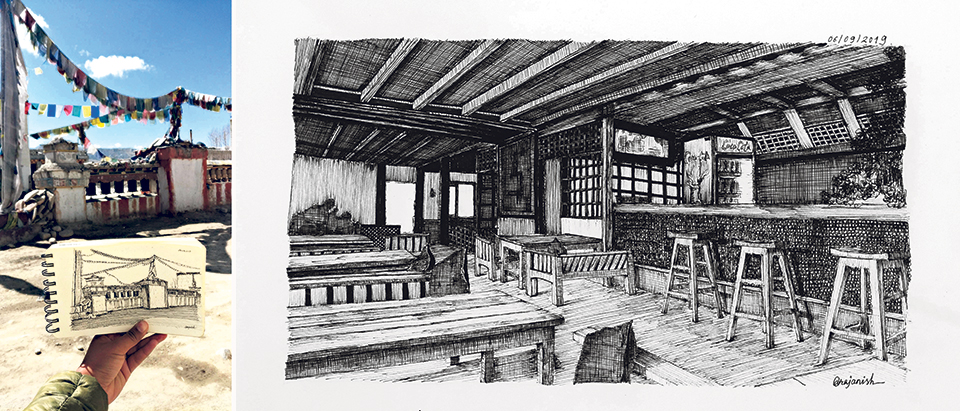
Among the many different forms of art, urban sketching is a relatively new one. This art movement is led by Urban Sketchers, a non-profit organization with a global community of artists who draw on location, capturing the life that flows around them, wherever they happen to be.
Since its humble beginnings in 2007, it has grown massively popular, connecting sketchers from all over the globe, who share their work, to support and inspire one another and sketchers everywhere. With their motto “We show the world, one drawing at a time”, urban sketching is on its way to becoming an important part of the contemporary art movement in the recent years. However, the number of urban sketches, especially here in Nepal, is relatively low.
Rajani Shrestha, an architect based in Pokhara, wants to change that. Shrestha, who was born and brought up in Pokhara, has a bachelor’s degree in architecture from the Pulchowk Engineering College. As of now, she teaches architecture at a university in Pokhara and when she’s free she sits down to sketch and document buildings and monuments around her.
For as long as she can remember, Shrestha had always wanted to become an architect. “I used to draw the furniture in my house, scaling and sketching them,” she recalls. Shrestha says that studying architecture in college taught her about the importance of details in architectural drawings. According to her, it’s one thing to take a picture and a whole another thing to draw a detailed sketch of a building one window and door at a time.
“Nowadays people would rather just click photos to archive a structure, but I want to preserve them by drawing them on paper – even though it takes extra effort. It’s worth it,” she says. This thought first occurred to her when she went on a trek to Ghandruk with her friends and everyone was busy clicking pictures of the scenery, the alleyways as well as the unique houses there. But as she had always been inclined towards drawing and sketching, she thought maybe she could try something different. And ever since then whenever she travels she makes sure she carries her sketchbook with her.
Shrestha also traveled to Lo Manthang earlier this year. This time though, instead of just sketching buildings and structures around her, she decided to make a sketch journal. She documented the ancient palaces of Lo Manthang (uninhabitable since the 2015 earthquakes) as well as houses there both in pictures and in writing. Her writings express an architect’s perspective on structures and buildings and that makes it even more interesting. You can find this journal on her WordPress and Instagram (@rajanish__) accounts.
According to Shrestha, she wishes to contribute as an artist using the knowledge she has as an architect. “I want to bring together the best of both worlds,” she explains. Her sketches have been featured in coloring books published by Laibary and she has also wall-painted her work at a restaurant in Pokhara. However, all of her sketches are monochromatic. “I want to stay focused on drawing the smallest details of a building rather than be intimidated or distracted by colors,” she says. For her, it’s the details that matter and for the details to stand out simplification is key.
Even though her primary profession is in the capacity of an architect, drawing also has become a huge part of her life. “Before I started teaching, I used to sketch almost daily and so now when I don’t draw for a long time, something just doesn’t feel right,” she says. She confesses that even during her busiest weeks she makes sure to sketch at least two to three drawings. And she says it never feels like a burden. “Scribbling away the details of a house feels meditative to me. It’s when I’m closest to my true self and feel calm,” she says.
However, this is not to say that she is not passionate about her work as an architect. In the future, rather than focusing on changing the architectural field in Nepal by making an iconic building, she wants to build homes for people that are comfortable and wonderful to live in. “I want to build homes that even the blind can touch, feel and appreciate,” she says.
Her future plans also include becoming a well-recognized urban sketcher of Nepal. “Though urban sketchers are revered elsewhere, in Nepal we don’t have many well-established artists in the field,” she says adding that urban sketching is a great way to capture a community and its structures in the liveliest form possible and it can have both artistic and historical value.
(Urza Acharya)
You May Like This
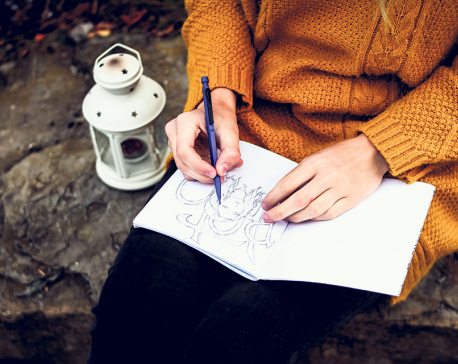
Drawing tips for beginners
Art’s kinda difficult. Even with motivation coursing through your veins, sometimes you can’t do anything but mess up. Along with... Read More...

The journey from a volunteer to an organizer
College life can be chaotic and full of difficulties. Amid the difficult circumstances, it teaches us many meaningful lessons and... Read More...
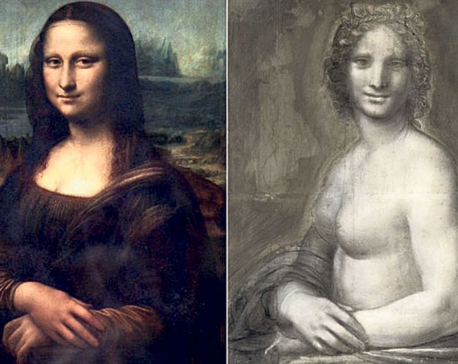
Is 16th-century charcoal sketch a naked Mona Lisa?
PARIS, Oct 5: A French art expert believes a charcoal drawing kept in a collection for more than 150 years may... Read More...




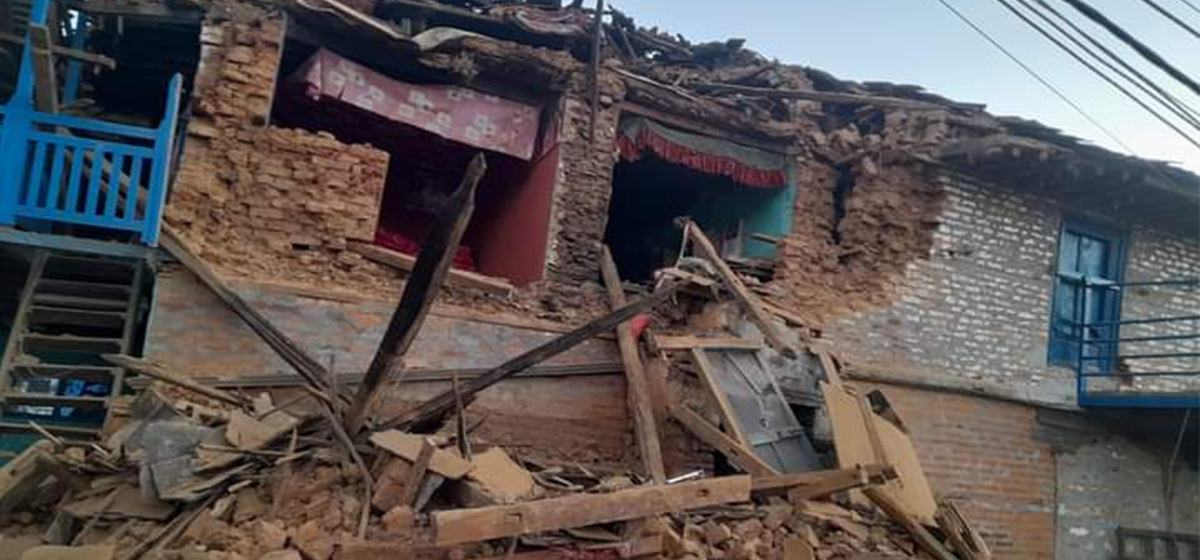


Just In
- Nepal's Seismic Struggle and Ongoing Recovery Dynamics
- Shrestha nominated as Chairman of NCC's Advisory Council
- Take necessary measures to ensure education for all children
- Nepalgunj ICP handed over to Nepal, to come into operation from May 8
- Nepal to gift two elephants to Qatar during Emir's state visit
- NUP Chair Shrestha: Resham Chaudhary, convicted in Tikapur murder case, ineligible for party membership
- Dr Ram Kantha Makaju Shrestha: A visionary leader transforming healthcare in Nepal
- Let us present practical projects, not 'wish list': PM Dahal



_20240423174443.jpg)



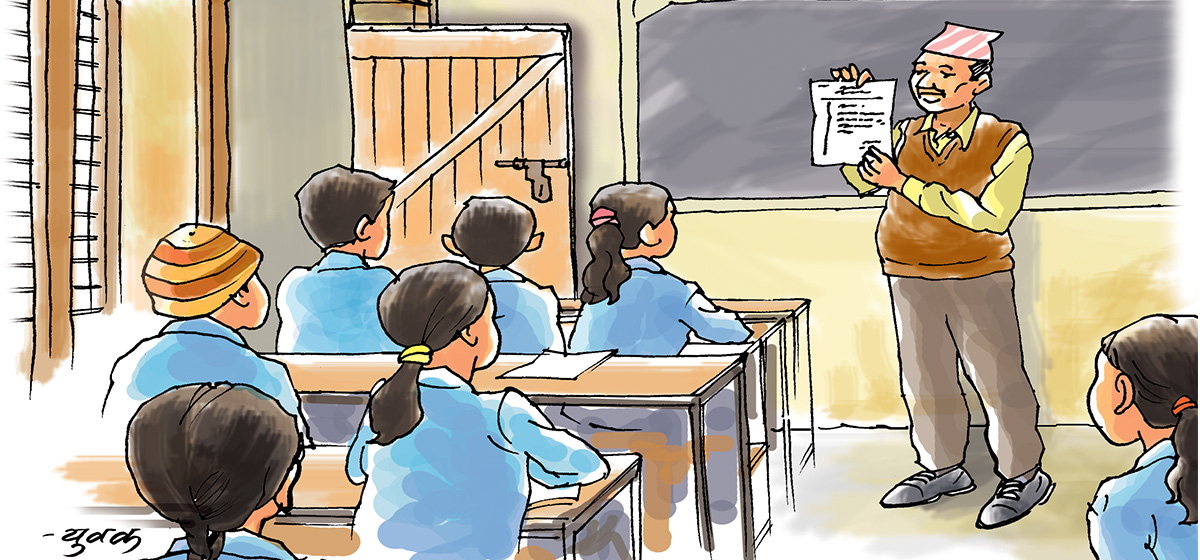



Leave A Comment